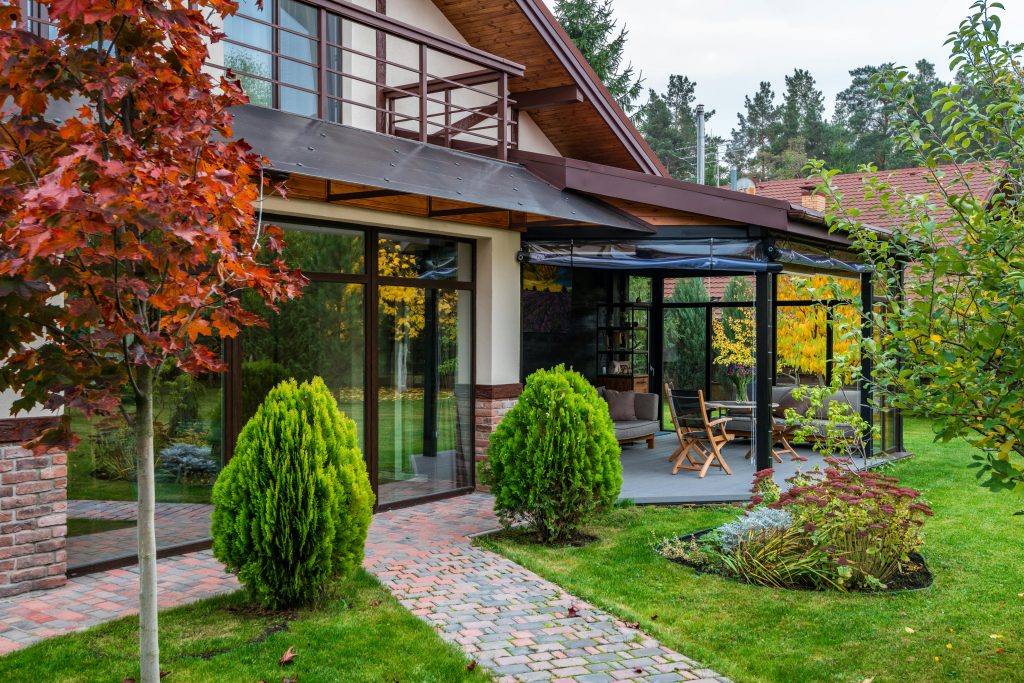Create a vibrant and engaging community for residents is crucial for improving their quality of life and fostering a sense of belonging. This comprehensive guide covers essential aspects to consider for building a thriving community, from activities and amenities to communication and support.
Understanding Community Needs
Resident Demographics
- Age Groups: Tailor activities and amenities to different age groups.
- Interests and Hobbies: Conduct surveys to understand residents’ preferences.
- Cultural Backgrounds: Respect and incorporate diverse cultural traditions.
Health and Wellness
- Physical Health: Provide fitness facilities and regular health check-ups.
- Mental Health: Offer counseling services and stress-relief activities.
- Nutrition: Ensure access to balanced, nutritious meals.
Planning and Organizing Activities
Social Activities
- Regular Events: Host weekly or monthly events like game nights and movie screenings.
- Holiday Celebrations: Organize celebrations for major holidays and cultural festivals.
- Interest Groups: Facilitate clubs for hobbies such as gardening, reading, or crafting.
Educational Programs
- Workshops: Offer workshops on topics like technology, cooking, and art.
- Guest Speakers: Invite experts to give talks on various subjects.
- Language Classes: Provide classes for learning new languages or improving existing skills.
Recreational Facilities
- Sports Facilities: Maintain areas for sports like tennis, basketball, and swimming.
- Green Spaces: Create gardens and walking paths for relaxation and exercise.
- Indoor Activities: Set up spaces for indoor games like billiards, table tennis, and board games.
Enhancing Communication and Support
Communication Channels
- Bulletin Boards: Use bulletin boards for announcements and event schedules.
- Newsletters: Send out regular newsletters with updates and important information.
- Digital Platforms: Utilize websites, social media, and mobile apps for communication.
Resident Feedback
- Surveys: Conduct regular surveys to gather feedback on community life.
- Suggestion Boxes: Place suggestion boxes around the community for anonymous input.
- Focus Groups: Hold focus group discussions to delve deeper into resident concerns.
Support Services
- Concierge Services: Offer concierge services for personal assistance and errands.
- Transportation: Provide shuttle services for local trips and appointments.
- Emergency Response: Ensure quick access to emergency medical and security services.
Creating Comfortable Living Spaces
Interior Design
- Aesthetic Appeal: Use pleasing color schemes and decor to create inviting spaces.
- Functionality: Design layouts that cater to residents’ needs and mobility.
- Personalization: Allow residents to personalize their living spaces.
Safety and Accessibility
- Safety Measures: Implement safety features like handrails, non-slip flooring, and good lighting.
- Accessibility: Ensure all areas are accessible to residents with mobility issues.
- Emergency Plans: Have clear and practiced emergency evacuation plans.
Maintenance and Cleanliness
- Regular Upkeep: Schedule regular maintenance for all facilities and amenities.
- Cleanliness: Maintain high standards of cleanliness throughout the community.
- Pest Control: Implement effective pest control measures to ensure a healthy environment.
Building a Sense of Belonging
Inclusive Culture
- Welcome Programs: Introduce new residents through welcome programs and buddy systems.
- Respectful Environment: Foster a culture of respect and inclusivity.
- Community Values: Establish and promote shared community values.
Celebrating Achievements
- Recognize Contributions: Acknowledge residents’ contributions to the community.
- Celebrate Milestones: Host celebrations for personal milestones like birthdays and anniversaries.
- Awards and Competitions: Organize friendly competitions and award ceremonies.
Encouraging Participation
- Volunteer Opportunities: Provide opportunities for residents to volunteer and contribute.
- Leadership Roles: Encourage residents to take up leadership roles in organizing activities.
- Open Forums: Hold open forums where residents can voice their ideas and opinions.
Measuring Success and Continuous Improvement
Key Performance Indicators (KPIs)
- Resident Satisfaction: Measure through regular surveys and feedback.
- Participation Rates: Track participation in events and activities.
- Health Metrics: Monitor health and wellness statistics of residents.
Continuous Improvement
- Review and Adapt: Regularly review programs and adapt based on feedback.
- Innovation: Introduce new activities and amenities to keep the community dynamic.
- Benchmarking: Compare with other communities to adopt best practices.
Conclusion
Create vibrant and engaging community for residents involves understanding their needs, organizing diverse activities, enhancing communication, providing support, designing comfortable living spaces, building a sense of belonging, and continuously measuring success. By implementing these strategies, you can foster a thriving community where residents feel valued, connected, and satisfied.



